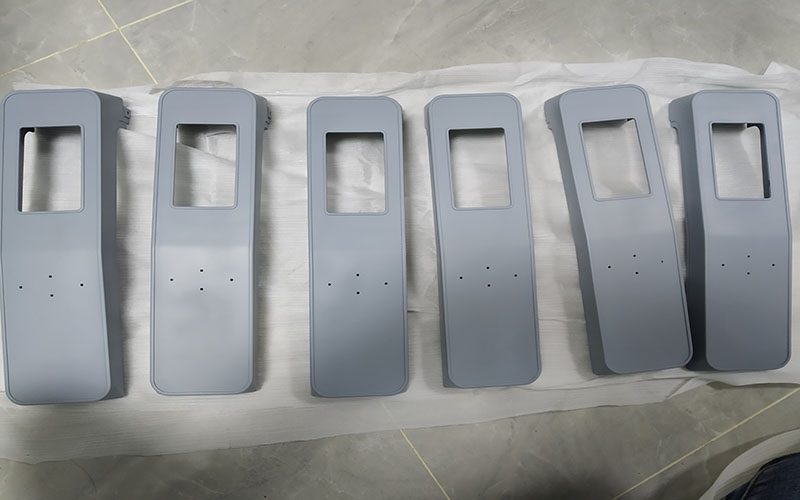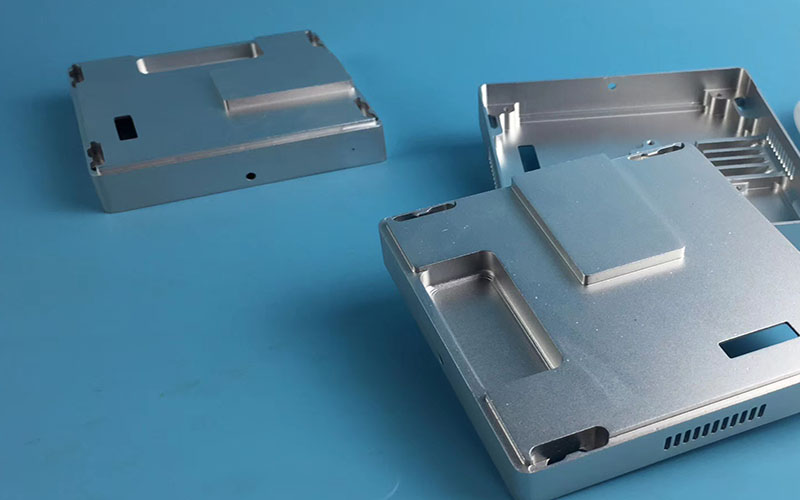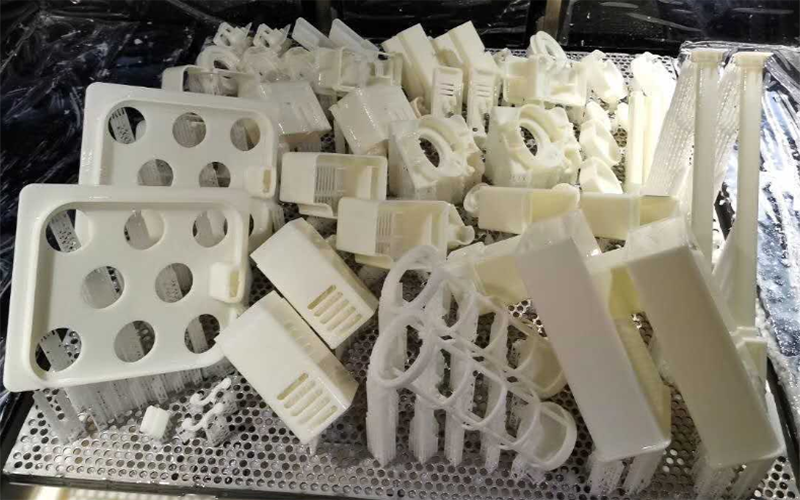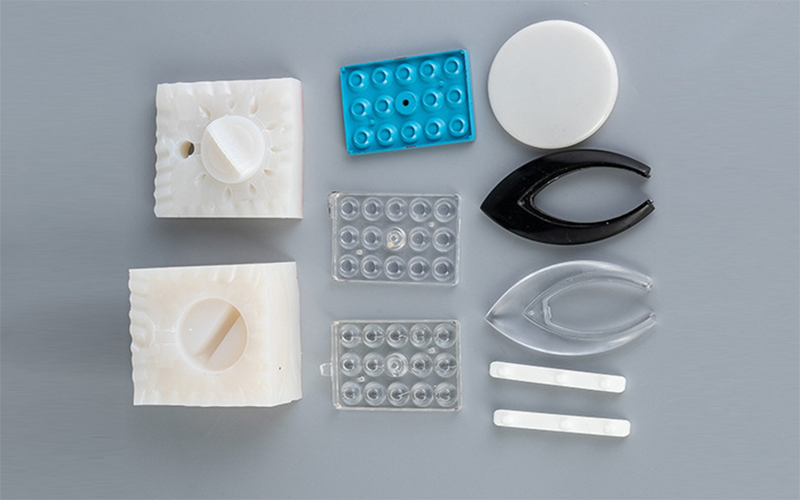When we start a project, prototypes probably needed to check the size, the assembly effect and so on. How to choose the appropriate rapid prototype / production technologies for your new designed part? Here are some guide hints which may help you understand which manufacturing option is a good fit for your project.
CNC Machining – Start with a solid block of production grade plastic or metal that is clamped into place in a CNC mill and start cutting away the material to reveal a final design that has been pre-programmed into the CNC machine.

.Advantage:
1.Wide range of metal and plastic materials to choose from.
2. Great surface finish options.
3. Parts are directly subtracted from the solid piece, therefore they keep good tensile strength, heat resistance, impact resistance, chemical resistance as the raw material.
4. You will receive parts that are made to a very high precision tolerances, ideal for form, fit. Function testing is allowed.
.Disadvantage:
1. Geometry limitations can be associated with CNC machining. Some undercut parts can not be realized.
2. As the parts/products subtracted from the production grade materials, the cost is perceived higher than 3D printing. But if you need any kind of strength or superior surface finishes for your part this additional cost often becomes negligible.

SLA (3D Printing) – an additive process that builds parts in a pool of UV-curable photo-polymer resin using a computer controlled laser. The laser is used to trace out and cure a cross-section of the part design on the surface of the liquid resin. The solidified layer is then lowered just below the surface of the liquid resin and the process is repeated. Each newly cured layer adheres to the layer below it. SLA is the original 3D Printing technology.
Advantage:
1. Cost is quite competitive and technology is widely used.
2. Complex geometries and great surface finish
3. Short lead time
Disadvantage:
Parts are not very strong, so it is not suitable for function testing and can become even more brittle over time if parts are subjected to sunlight

SLS (3D Printing) – Powdered material is fused together by lasers to make a solid part and then the process is repeated layer by layer to produce a finished part. SLS parts can be more durable than SLA parts but the surface finish will feel rougher with a distinct grain. SLS parts can be pretty strong but they are considerably weaker than parts made through subtractive CNC machining or injection molding. There are a number plastics you can choose from but Nylon based materials are the most common materials used.
Advantage:
1. Complex geometries are possible.Good for form and fit testing.
2. Parts tend to be more durable and a bit more accurate than SLA parts.
3. No set up cost, can print right from your 3D file (which may need converting).
Disadvantage:
1. Typically, not great for functional testing if strength of part is required.
2. Parts have a rough surface and may need post production if perfect finishes are desired.

Polyurethane Vacuum Casting (Silicone mould) – Get a primer with SLA technology or CNC and then making silicone mould to create more duplication. In short,it is a method for making high quality prototypes or low volumes of parts formed from inexpensive silicone molds.
Advantage:
1.Duplication is high accurate with good surface
2.Low cost for molds and short lead time.
3.Many types of polyurethane resins are available for casting
4.Part cost is in between SLA and CNC and the part property is also in between.
Disadvantage:
The silicone molds life time is short,durable for about 20 pcs.
For new products development, it is necessary to invest in a couple of prototypes to get a feel for what works best for your final design. If you need our support, please come back to us.

Tel:+86-18944769433
Fax :+86-769 81493114
Mobile:+86-18944769433
E-mail: anthea@metal-plastic.com
Whatsapp: +86-18944769433

